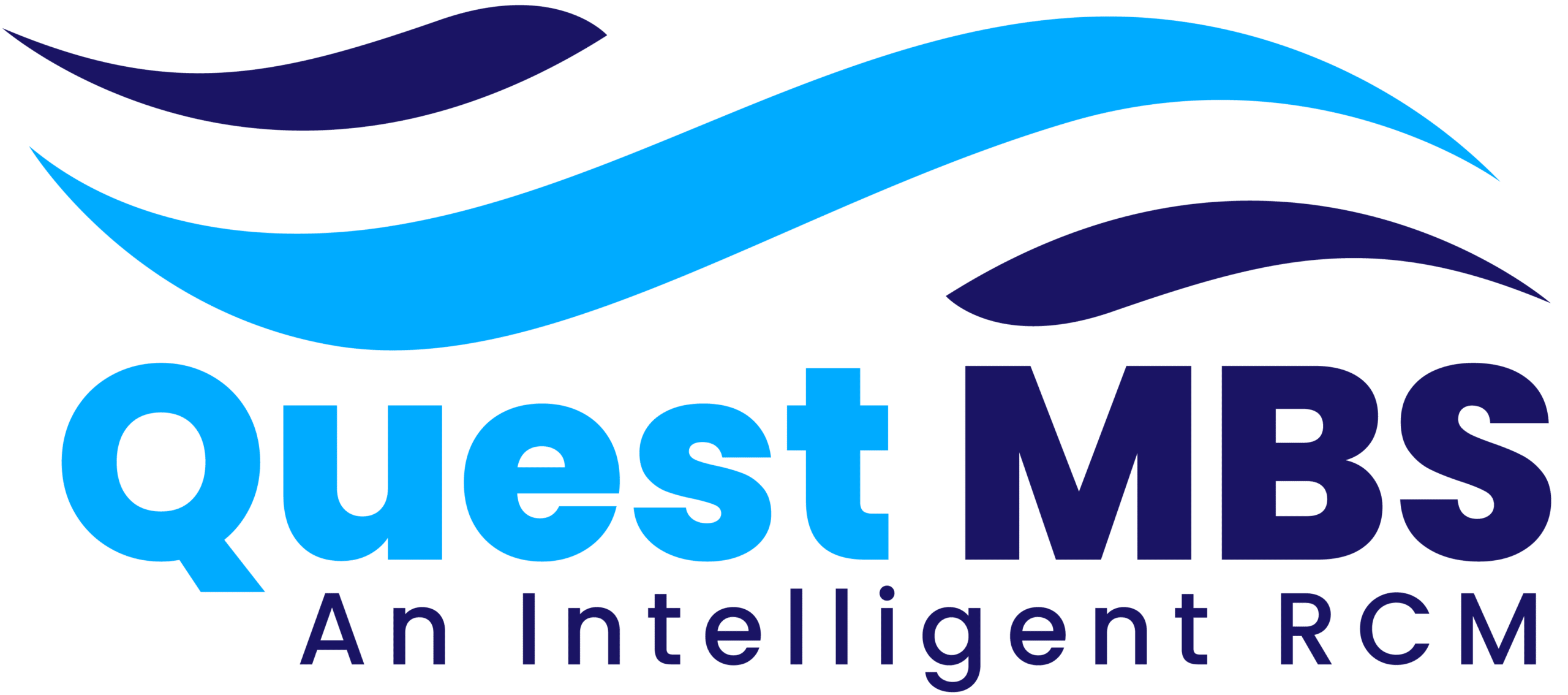Understand the Importance of Credentialing
Why Credentialing Matters in Healthcare Compliance and Revenue Cycle Management
Credentialing is a foundational process in healthcare that verifies the qualifications, training, experience, and licensure of providers. Without proper credentialing, practitioners cannot legally or ethically provide services to patients, nor can organizations receive reimbursement from insurance payers. This process not only ensures quality care but also protects against fraud and compliance issues. A strong credentialing process improves provider reputation and secures timely reimbursements.
Start Early and Be Proactive
Avoid Revenue Loss with Timely Credentialing Preparation
Credentialing is not a last-minute task. Whether onboarding new providers or renewing credentials, the process should start well in advance—ideally 90 to 120 days before the provider’s intended start date. Delays in credentialing can result in postponed billing, claim denials, and lost revenue. Proactive scheduling of credentialing steps like license verification, malpractice checks, and application submissions helps avoid bottlenecks that can hold up the revenue cycle.
Use Centralized Credentialing Software
Automate Credentialing for Accuracy and Efficiency
Managing credentialing manually with spreadsheets or paper files is outdated and inefficient. A centralized software platform streamlines the process by organizing all provider data in one place, sending alerts for upcoming expirations, and reducing human error. Advanced credentialing tools integrate with billing and coding systems, allowing seamless updates across departments and preventing discrepancies in claims processing. Automation significantly reduces administrative burden and improves accuracy.
Maintain Up-to-Date Provider Information
Prevent Claim Denials with Accurate Provider Data
Inaccurate or outdated provider data is one of the top reasons for credentialing delays and payer rejections. Every change—from a new practice location or updated license number to changes in insurance participation—must be promptly reflected in the provider profile. Keeping credentials current with all payer networks ensures uninterrupted billing and prevents revenue loss from avoidable claim denials. Regular audits of provider records help catch outdated information early.
Understand Payer-Specific Requirements
Customizing Credentialing for Medicare and Commercial Insurers
Each insurance payer has its own set of credentialing requirements, documentation needs, and timelines. What works for Medicare may not apply to a commercial insurer. Failing to meet specific guidelines can result in credentialing denial or unnecessary delays. Credentialing staff must be well-versed in the unique processes of each payer and tailor applications accordingly. Using credentialing software with payer-specific templates or partnering with credentialing experts can simplify compliance across networks.
Ensure Proper Delegation and Oversight
Coordinating Teams for a Successful Credentialing Workflow
Credentialing is a multi-step process that often involves several stakeholders—HR, compliance officers, billing teams, and the providers themselves. Assigning clear roles and responsibilities ensures that no step is missed. Delegated credentialing agreements with payers, where applicable, can accelerate the process but require strict oversight. Regular communication among departments and tracking systems helps manage workflows efficiently and prevents duplication or oversight.
Implement Continuous Monitoring and Re-Credentialing
Stay Compliant with Ongoing Provider Verification
Credentialing is not a one-time event. Providers must be re-credentialed periodically, typically every two to three years, depending on payer requirements. Continuous monitoring systems track changes such as license expirations, sanctions, or disciplinary actions in real time. These tools alert administrators to any red flags, ensuring that provider eligibility is always up-to-date. This continuous oversight supports both compliance and reimbursement reliability.
Outsource for Efficiency and Compliance
When to Use Credentialing Services for Faster Approvals
For organizations that lack the internal bandwidth or expertise to handle credentialing efficiently, outsourcing to a credentialing service can be a smart investment. External credentialing partners bring experience, payer relationships, and dedicated tools that speed up the process while minimizing errors. Outsourcing also allows internal staff to focus on other revenue cycle management tasks, improving overall operational efficiency and reducing overhead costs.







